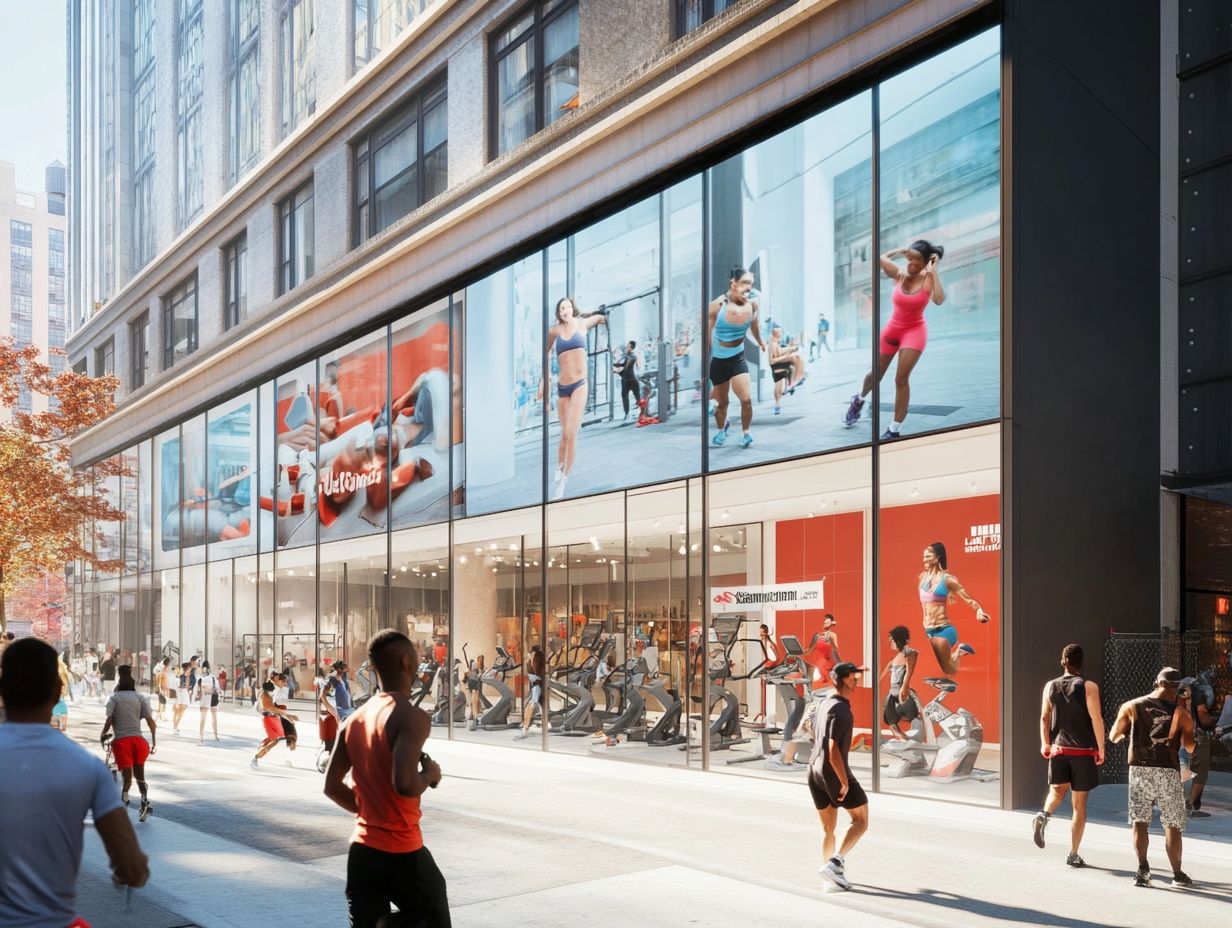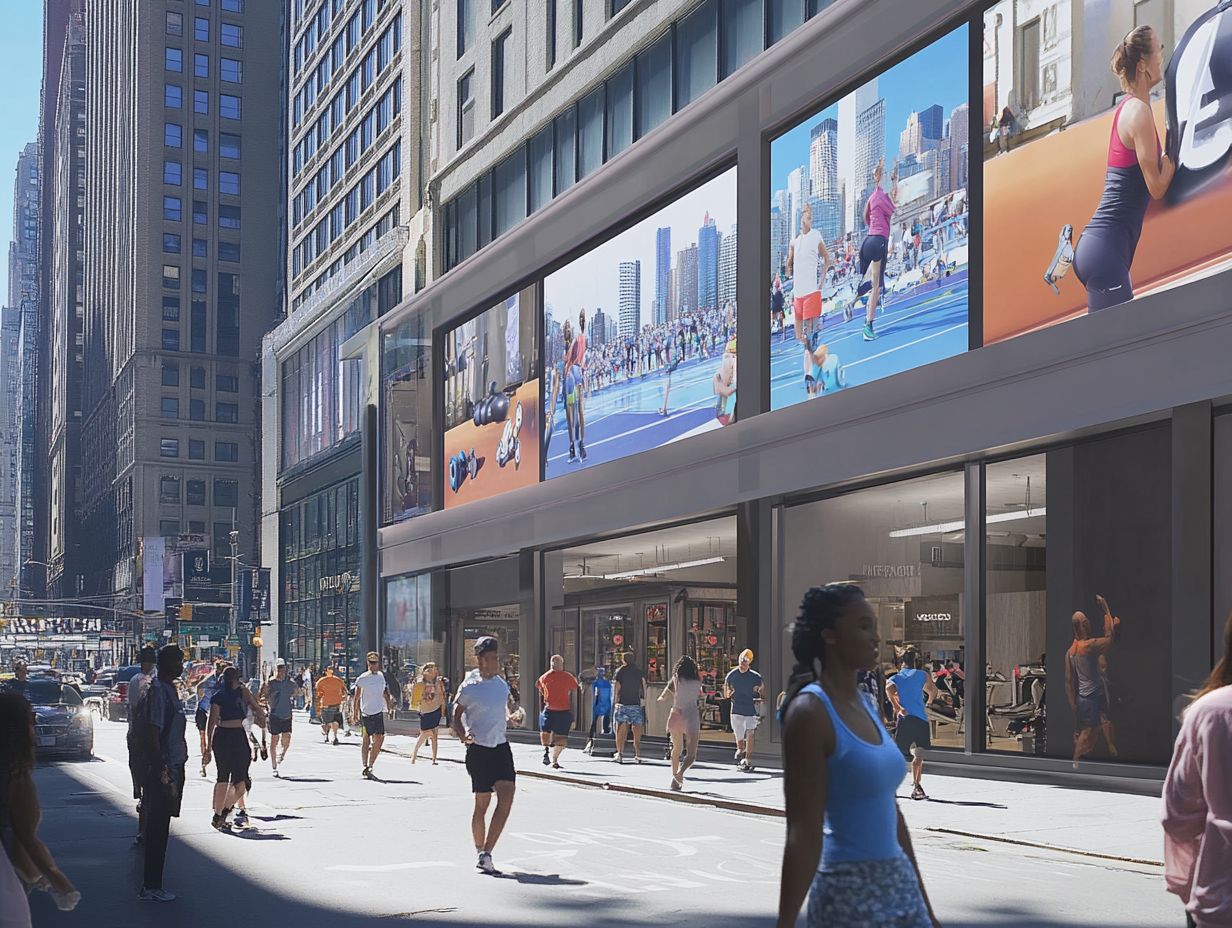In today’s competitive fitness landscape, understanding foot traffic insights is crucial for gym owners aiming to attract new members and achieve long-term growth. By analyzing customer movement patterns and demographics, gym owners can customize their marketing strategies, membership plans, and promotional offers to better meet the needs of their target audience. This article delves into the intricacies of foot traffic insights, from identifying potential members to leveraging technology and data analytics for sustained success. Discover how to convert this valuable data into actionable strategies that enhance your gym’s appeal and help it thrive in a bustling market by boosting brand awareness and community involvement.
Understanding Foot Traffic Insights

Foot traffic insights enable gyms to enhance their marketing strategies and customer engagement analytics. By analyzing traffic data patterns, gym owners gain a deeper understanding of customer behavior and visitor demographics, which assists them in making informed decisions. This data-driven approach can also improve gym membership and customer retention rates.
These decisions may involve identifying peak traffic times, optimizing the use of gym facilities, or tailoring promotional offers to better suit their target audience through targeted advertising and social media engagement. Additionally, location analytics can provide valuable information about visitors’ demographic profiles and neighborhood outreach, allowing gyms to align their marketing efforts more effectively, improve retention rates, and enhance brand positioning.
Overall, a comprehensive understanding of foot traffic insights drives membership growth, conversion rates, and enhances the user experience.
What It Is and How It Can Benefit Your Gym
Foot traffic refers to the number of individuals visiting your gym and their movement patterns, providing valuable insights into customer behavior and preferences. Data is collected through smart sensors, mobile apps, and membership check-in systems, which help analyze foot traffic in gyms and contribute to customer insights. This data reveals how frequently individuals visit the gym, which days are busiest, and what times of the day see the highest attendance.
Understanding this information can assist in determining the most effective marketing strategies for members, including fitness classes and wellness programs. It allows gym management to identify peak operational hours as well as popular areas within the facility, enabling the implementation of marketing strategies that align with members’ interests. For instance, if foot traffic is high in the cycling studio during weekends, the gym might consider offering more cycling-related services or products in their promotional materials.
Additionally, tracking foot traffic can enhance customer engagement through personalized member communication and targeted offers, leading to higher customer satisfaction and brand loyalty. It can also facilitate improvements in facility layouts to streamline workflow, reduce crowding, and enhance accessibility. These changes can ultimately lead to increased membership numbers and greater customer satisfaction.
Attracting New Gym Members with Foot Traffic Insights

Acquiring new gym members is a top priority for any fitness center, and understanding foot traffic, along with insights into local partnerships and community events, can enhance your marketing strategies to achieve this objective.
Identifying Target Demographics and Creating Marketing Strategies
Identifying target demographics enables the development of marketing strategies specifically tailored to potential gym members, thereby enhancing engagement.
By segmenting customers into various demographics based on factors such as age, fitness goals, mental health considerations, workout preferences, geographic location, and social media activity, gyms can effectively determine how to engage with each group using targeted marketing and outreach strategies.
This insight allows for the analysis of foot traffic, helping gyms identify when different demographics are most likely to visit.
With this information, facilities can implement promotional campaigns—such as discounts on group classes, fitness challenges, or off-peak membership rates—that are likely to attract high participation rates among different segments.
This level of analysis facilitates the creation of more personalized engagement strategies, fostering a sense of belonging and community that keeps members engaged and increases overall satisfaction, further driving lead generation and conversion optimization.
Incorporating Foot Traffic Insights into Your Membership Plans

Foot traffic insights can be integrated into membership plans to enhance the user experience, improve retention rates, and drive membership growth among gym members.
Analyzing daily attendance patterns allows fitness centers to identify peak hours and adjust their offerings accordingly, leading to more efficient resource allocation.
For instance, if attendance data indicates that more people visit the gym on weekday evenings, gyms might consider introducing classes, promotions, or referral programs during those times to boost participation rates.
Additionally, implementing customized offers, loyalty programs, and seasonal promotions tailored to regular visitors and their preferences can help foster a sense of community and encourage consistent attendance.
By utilizing foot traffic data, personalized marketing campaigns such as targeted emails, app notifications, and social media ads can increase member engagement and motivate more frequent gym visits.
Maximizing Foot Traffic Insights for Long-term Success
Maximizing insights into foot traffic is essential for the long-term success of gyms, incorporating elements of brand awareness and seasonal memberships.
Continuous adaptations and improvements can be achieved by leveraging data to inform decision-making, including the use of analytics tools and influencer marketing.
Continuously Analyzing and Adapting Your Strategies

Regularly analyzing and refining your plans based on foot traffic data can significantly enhance customer engagement, user behavior, and satisfaction.
By understanding when foot traffic is highest, gyms can optimize their schedules for popular classes and ensure appropriate staff availability. Additionally, customer feedback and engagement metrics provide fitness centers with valuable insights into their members’ needs and preferences.
This information allows them to tailor promotional offers to better appeal to existing customers, refine their marketing strategies to attract new members, and engage the local community. With these insights, gyms can enhance their overall service delivery, adapting to the evolving demands of their clientele, fostering a stronger sense of community within their centers, and driving word-of-mouth and social proof.
Utilizing Technology and Data to Enhance Foot Traffic Insights
The use of technology and data analysis tools can offer gym owners detailed insights into foot traffic, which can improve competitive positioning, brand differentiation, and enhance the user experience.
For instance, by utilizing software solutions, fitness apps, and sensors, gym owners can monitor customer attendance and identify peak hours, allowing them to adjust staffing levels and service offerings accordingly.
Applications such as heat mapping, customer journey analytics, and location analysis provide real-time insights into how users interact with facilities.
Additionally, foot traffic analysis should include a competitive analysis to evaluate nearby gyms, their service offerings, and their foot traffic patterns. This data, combined with market research and online presence strategies, enables gyms to make informed decisions that help them differentiate their services, adapt to changing market conditions, and foster customer loyalty.






